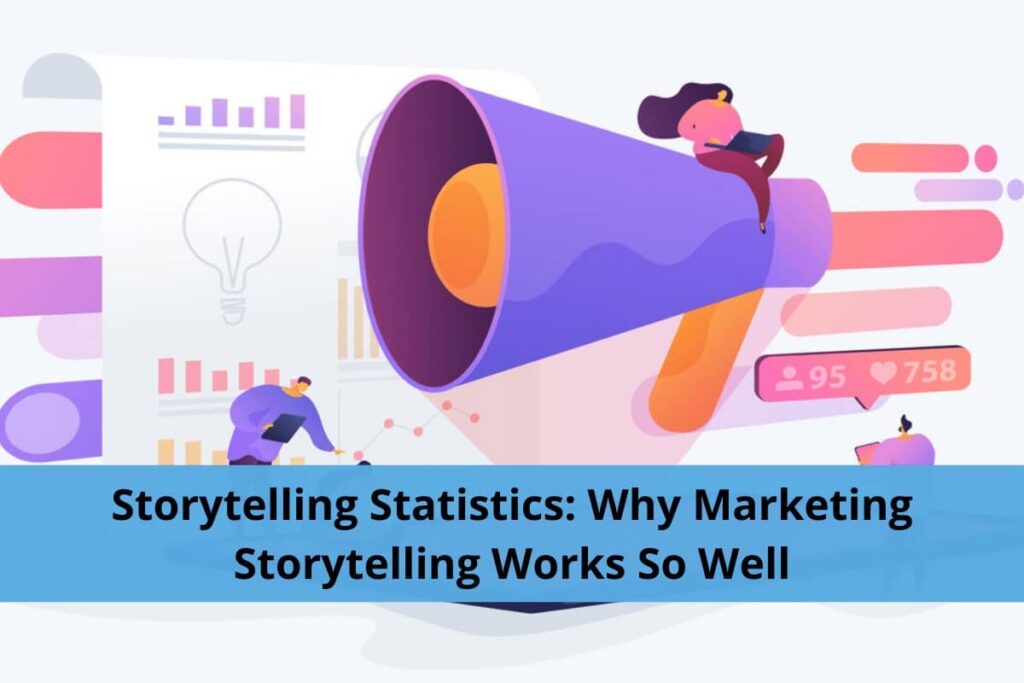In the ever-evolving landscape of marketing, one timeless strategy has proven to be consistently effective: storytelling. From ancient oral traditions to modern digital platforms, storytelling has been a powerful tool for human connection. In marketing, crafting compelling narratives can transform a brand’s message into something more than just a product or service—it becomes an experience that resonates with the audience on a deeper level.
The Human Connection
At its core, storytelling is about human connection. It taps into our innate desire to understand, relate, and share experiences. When a brand effectively tells its story, it invites consumers into a world where they can see themselves, their aspirations, and their challenges. This emotional engagement fosters a connection beyond the transactional relationship between buyer and seller.

Building Trust and Relatability
In an era where consumers are inundated with advertisements and marketing messages, building trust is crucial to any successful campaign. Storytelling provides a genuine and authentic way for brands to connect with their audience. By sharing relatable stories, brands can humanize themselves, making them more approachable and trustworthy.
Consider the success of brands like Nike, which has mastered the art of storytelling through its campaigns. Whether showcasing an underdog athlete’s journey or celebrating the human spirit, Nike’s stories resonate with audiences worldwide. This connection goes beyond promoting athletic wear; it communicates a broader message of empowerment, resilience, and determination.
Identifying Your Brand Narrative
To harness the power of storytelling in marketing, brands must identify and articulate their unique narrative. This involves understanding the brand’s history, values, and mission. What sets your brand apart? What challenges have you overcome? How do your products or services contribute to the lives of your customers?
Crafting a Compelling Story
Once a brand’s narrative is established, the next step is crafting a compelling story that resonates with the target audience. A well-told story should have a clear structure, beginning, middle, and end. The beginning sets the stage, introducing characters, setting, and context. The middle builds tension and engages the audience emotionally. The end resolves the story and leaves a lasting impression.

Incorporating Visuals and Multimedia
In the digital age, the power of storytelling is amplified through visual elements and multimedia. Brands can enhance their narratives and capture the audience’s attention through captivating videos, stunning imagery, or interactive content. With their emphasis on visual content, social media platforms provide an ideal space for brands to share their stories creatively and engagingly.
Engaging Across Platforms
Successful storytelling in marketing requires consistency across various platforms. Whether through social media, email campaigns, websites, or traditional advertising, the brand narrative should be seamlessly integrated. Consistency reinforces the brand message and strengthens the emotional connection with the audience.
Measuring Impact and Adjusting Strategies
As with any marketing strategy, measuring the impact of storytelling efforts is crucial. Analyzing metrics such as engagement, brand sentiment, and conversion rates provides valuable insights into the effectiveness of the narrative. Brands should be willing to adapt and adjust their storytelling strategies based on these insights, ensuring that the stories continue to resonate with their audience’s evolving needs and preferences.
Conclusion
In the unique universe of showcasing, the force of narrating stays consistent. Brands that effectively leverage the art of storytelling create a lasting impression, build trust, and connect with their audience on a profound level. By crafting compelling narratives, incorporating visuals, and maintaining consistency across platforms, brands can harness the emotional resonance of storytelling to stand out in the crowded marketplace and build enduring relationships with their customers.

